This great castle in England stands majestically on the coast of northeast England.
In this post, you’ll discover the ultimate list of facts about Bamburgh Castle, an amazing structure and popular attraction in the country.
1. Bamburgh Castle has a very strategic location
Bamburgh Castle is built on top of a small, rock-solid hill near a small village of the same name on the coast of Northumberland in northeast England.
There are a few other interesting places landmarks nearby such as Dunstanburgh Castle, 9 miles (14 km) to the south, Lindisfarne Castle on Holy Island, 5 miles (8 km) to the north, and Alnwick Castle, 16 miles (26 km) inland to the south. Another castle in the area is Warkworth Castle, which is located a bit more south.

2. The area was inhabited by the Ancient Britons
The Celtic Britons inhabited the area of Bamburgh which was located in the Kingdom of Bernicia, one of the two Kingdoms which would form Northumbria.
The people living there were referred to as the Gododdin people, who were descendants of the Votadini, a Celtic people of the Iron Age in Great Britain.
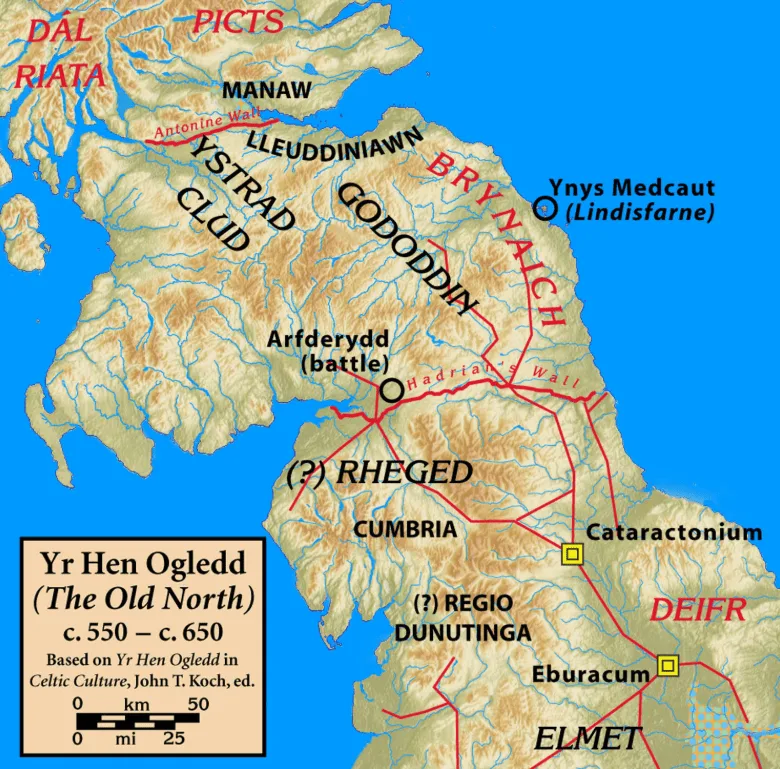
3. Its written history dates back to the 6th century
The first time the area is mentioned in writings is in the year 547 when the Anglo-Saxon ruler Ida of Bernicia captured the area of the citadel.
One of the most interesting facts about Bamburgh Castle is that it was one of the most important places in all of England in the 5th and 6th centuries, as the Kingdom of Northumbria was one of the most powerful of the 7 kingdoms in this period.

4. The first version of Bamburgh Castle was built in this period
Ida of Bernicia was the first to build a wooden structure on the current site of Bamburgh Castle.

The result of this was that Bamburgh grew even more in importance and possibly even became the capital of the Anglo-Saxon Kingdom of Bernicia!

5. How did Bamburgh get its name?
Ida of Bernicia ruled over the Kingdom of Bernicia from around 547 until his death in 559, after which the Kingdom was passed on to his son Hussa.
Hussa’s successor was Æthelfrith, the first king to rule over both Bernicia and the kingdom just south of it, Deira. Both kingdoms would eventually form a united Northumbria.
After Æthelfrith’s death in 604, he passed on the Kingdom to his wife Bebba, and since then the wooden fortification that was built on Bamburgh Castle’s location was referred to as “Bebbanburh“, which was simplified over the years to “Bamburgh.”
6. It’s right across the Cradle of Christianity in Britain
The year that Æthelfrith died, Oswald of Northumbria was born. he would rule over the Kingdom of Northumbria from 634 until he died in 642.
He became a Saint-King and laid the foundation for both Bamburgh and Lindisfarne’s titles as the “Cradle of Christianity” in Great Britain. Lindisfarne has therefore been referred to as the “Holy Island.”

7. The Vikings destroyed the original citadel
The centuries that followed are marked by countless waves of bloody invasions of neighboring Kingdoms who wanted to seize power in Bamburgh.
It wasn’t until the year 993 that the most feared enemies of all ransacked Bamburgh and its fortification, burned every building to the ground, and killed large parts of the population in the area.
These enemies were the Vikings.
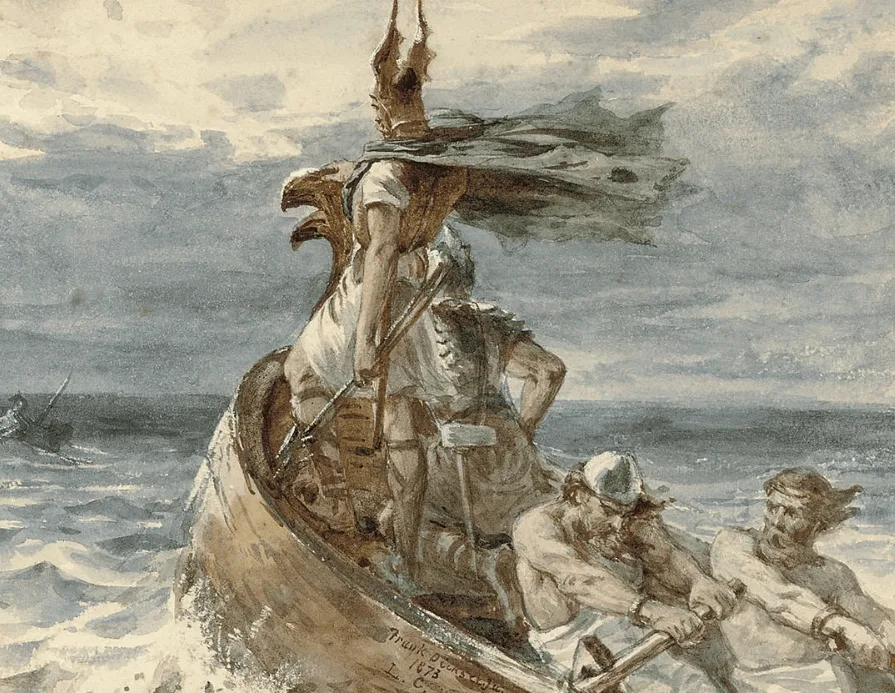
8. The Normans built the first castle on the site
When the Norman Conquest began in 1066, they reached Bamburgh and after capturing the area, they decided to erect a new fortification on this strategic location under the rule of King William I.
It became one of the most important outposts in northern England because of its proximity to Scotland. It mainly served its purpose as a border garrison in the first period after the Norman Conquest.
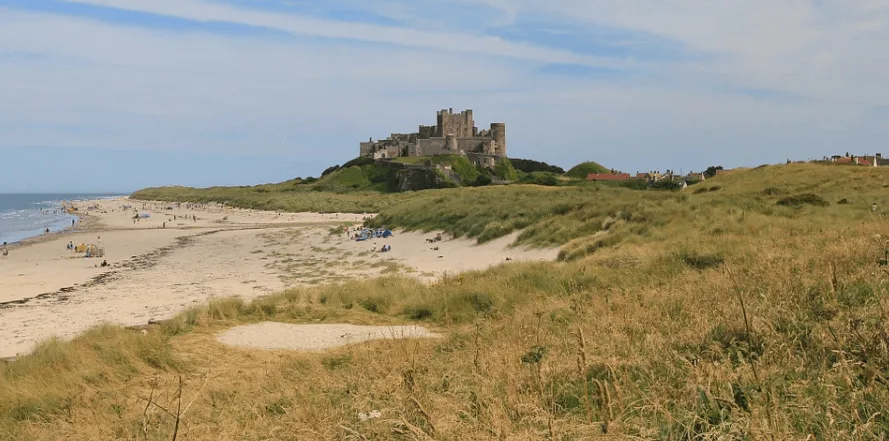
9. The Castle was besieged in 1095
The Castle was granted to Robert de Mowbray, Earl of Northumberland, in the year 1086, and it served its purpose as a defense against invasions of the Scots.
In the year 1095, however, Robert de Mowbray rebelled against King William II, which resulted in the King marching north with his army and laying siege on Bamburgh Castle.
Robert was trying to flee from Tynemouth Castle to Newcastle, and it was only when the King threatened to blind him that his wife, who was the one under siege in the castle, gave in to the king.
Robert the Mowbray was dispossessed and spent the next 30 years of his life in prison at Windsor Castle.
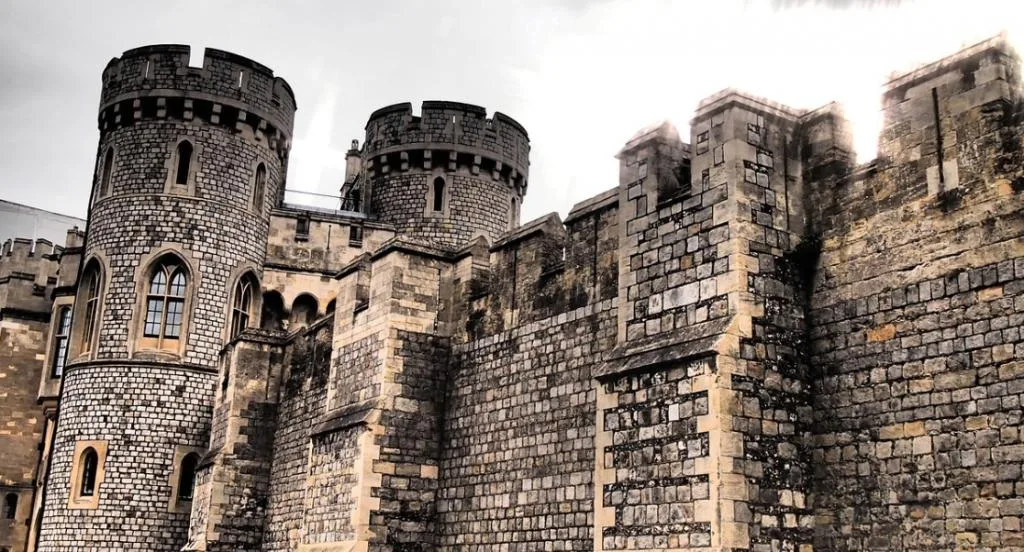
10. The keep was completed in the 12th century
With the Earl of Northumberland, Bamburgh Castle became the property of the English monarchy, who completed the rebuilding of the structure to become a stone fortification.
It is believed that King Henry II was the King who built the Great Keep of Bamburgh Castle, which was completed by the year 1164.
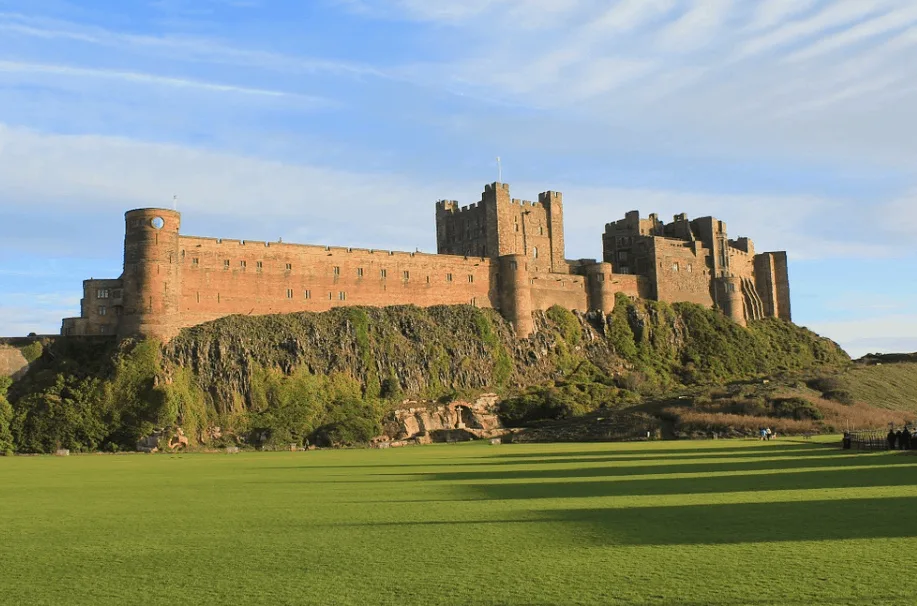
11. Bamburgh Castle had its first governor in 1191
During the Third Crusade, King Richard I once found himself in great danger in the year 1191. If it wasn’t for the alert reaction of Sir John Forster, the King would have surely been killed by the enemy.
As a reward for his bravery and service to the King, Sir John Forster was knighted and made governor of Bamburgh Castle in the year 1191.

12. The Castle once held a famous prisoner
On October 17, 1346, the Battle of Neville’s Cross took place just near the city of Durham (where Durham Castle is located), not too far from Bamburgh Castle.
The Scots suffered a heavy defeat and even saw King David II of Scotland captured and briefly moved to Bamburgh Castle. He would remain imprisoned in England for 11 years.
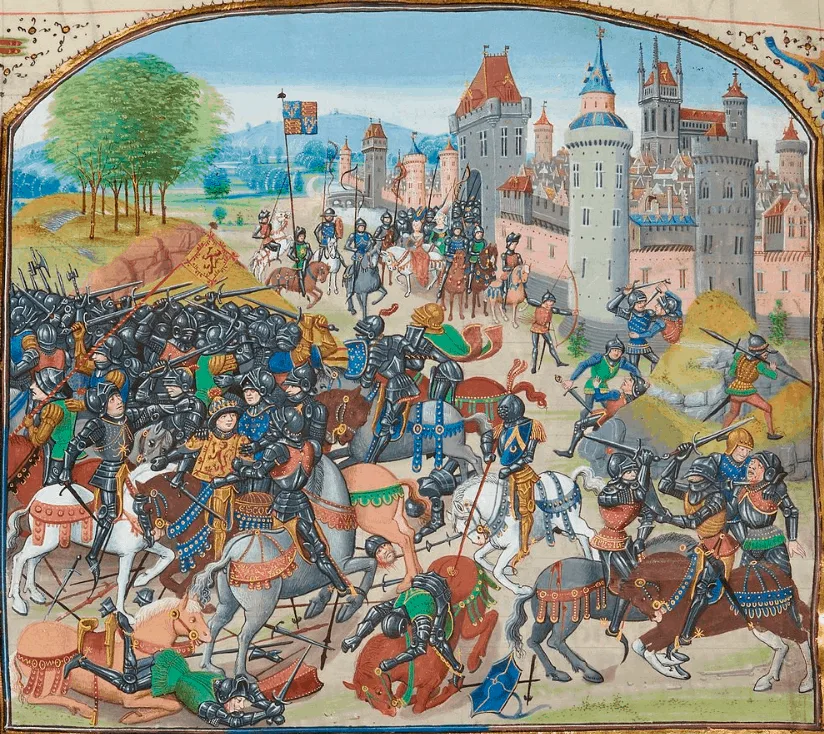
13. The Castle was nearly destroyed by artillery in 1464
During the war of the roses, the Earl of Warwick named Richard Neville laid siege on Bamburgh Castle for a period of 9 months.
The castle was nearly destroyed by heavy canons when the Yorkists started firing. This resulted in the tower collapsing.
One of the most amazing facts about Bamburgh Castle is that it became the first castle in history to fall under artillery on the British Isles.
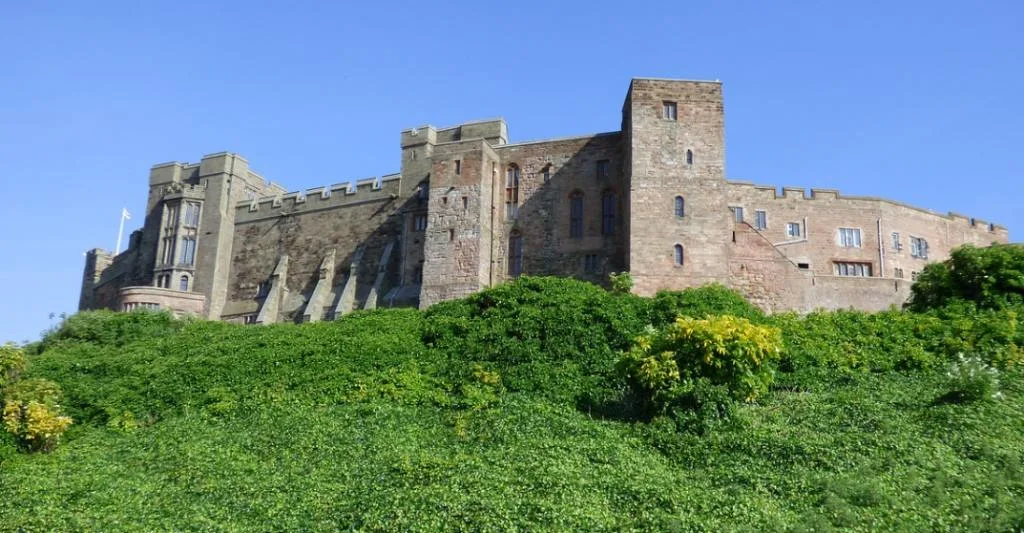
14. The castle became private property once again
In the period that followed the War of the Roses, castles stopped serving their purpose as defensive fortifications.
Because of the heavy cost of maintaining a castle of this size, and the fact that it would cost a lot of money to restore it as it lay in ruins, King James I gave the castle to Claudius Forster, the castle’s last royal keeper.
The Forster family had been passing on the governance of the castle for many years at this point.
15. Charity helped to restore the Castle
The last heir of the Forster family was named Dorothy. She set up a trustee as the castle was sold to her husband, Lord Nathaniel Crewe, to clear the family’s debt.
With the money raised by the trustee, the castle was being used for various charitable purposes such as a hospital, a pharmacy, an outpatient’s surgery, and a school for underprivileged kids.
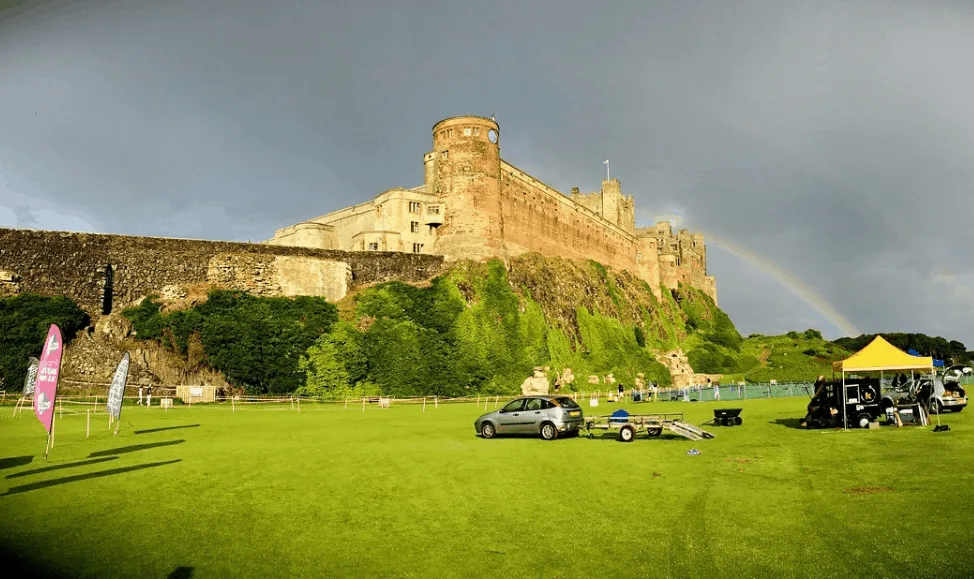
17. The Castle was bought by a rich industrialist in 1894
Even though the trustee was doing a lot of good work in the area, it remained difficult to raise enough funds to maintain the castle, so it ran into financial difficulties. The decision was made by the trustee’s board to sell the castle.
The castle was bought for £ 60,000 in the year 1894 by rich Victorian industrialist William Armstrong.
If this doesn’t a lot, please keep in mind that this is the equivalent of over £ 7.8 million today if we keep inflation in mind!
William Armstrong not only bought the castle, but he also completed its restoration, both outside and inside!
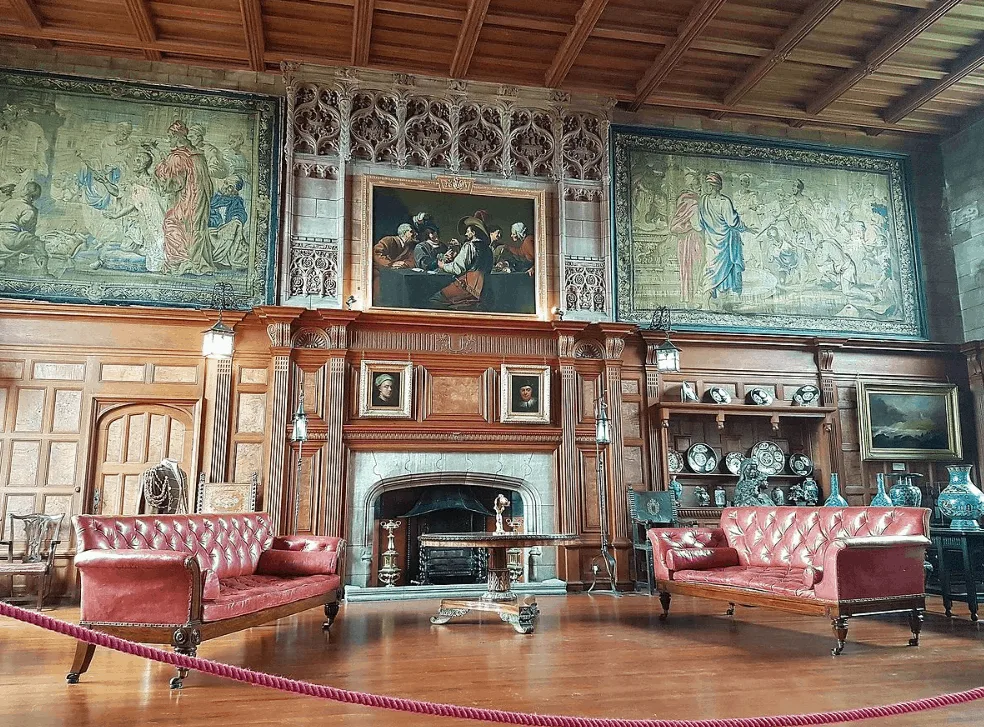
18. Archaeologists spend a lot of time digging near the Castle
One of the interesting facts about Bamburgh Castle is that it’s one of the most important Anglo-Saxon archaeological sights in the world. There are plenty of trenches in which archaeologists try to uncover the history of the region and beyond.
The first archaeological excavations were started by Brian Hope-Taylor in the early 1960s and continue until today.
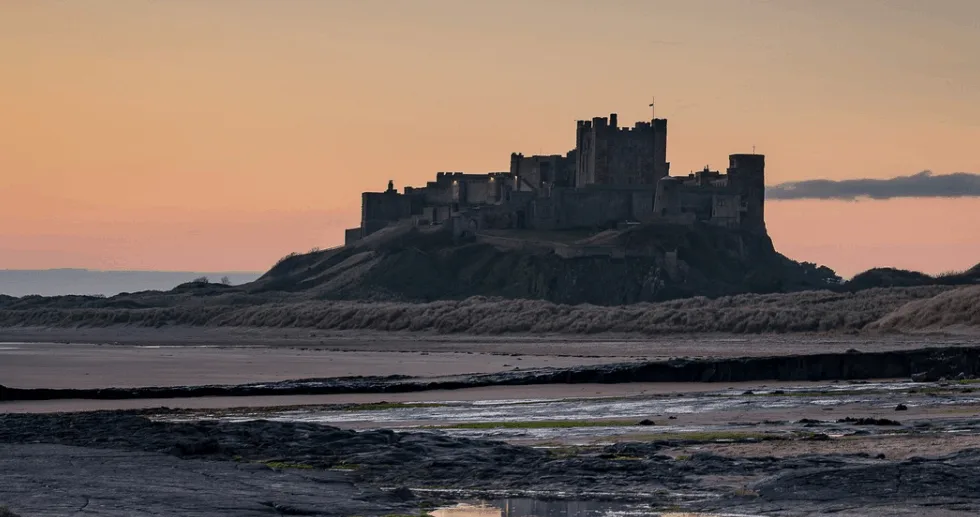
19. Some amazing discoveries have been made in the 1960s
The initial excavations that were done in the 1960s have yielded some amazing results. The team of Brian-Taylor Hope didn’t just uncover a gold plaque now known as the “Bamburgh Beast,” but also an Anglo-Saxon sword from the 7th century.
Yes, that’s the time that Ida of Bernicia was ruling over the area, and perhaps even earlier!
20. Bamburgh Castle is home to 2 museums
Want to see these amazing artifacts? You can!
Inside the Castle, there are 2 museums, and one of them is dedicated to archaeological findings in the area, which include the gold plaque and Anglo-Saxon sword.
The other museum is dedicated to William Armstrong’s inventions in the field of aviation along with aviation artifacts from the two world wars.
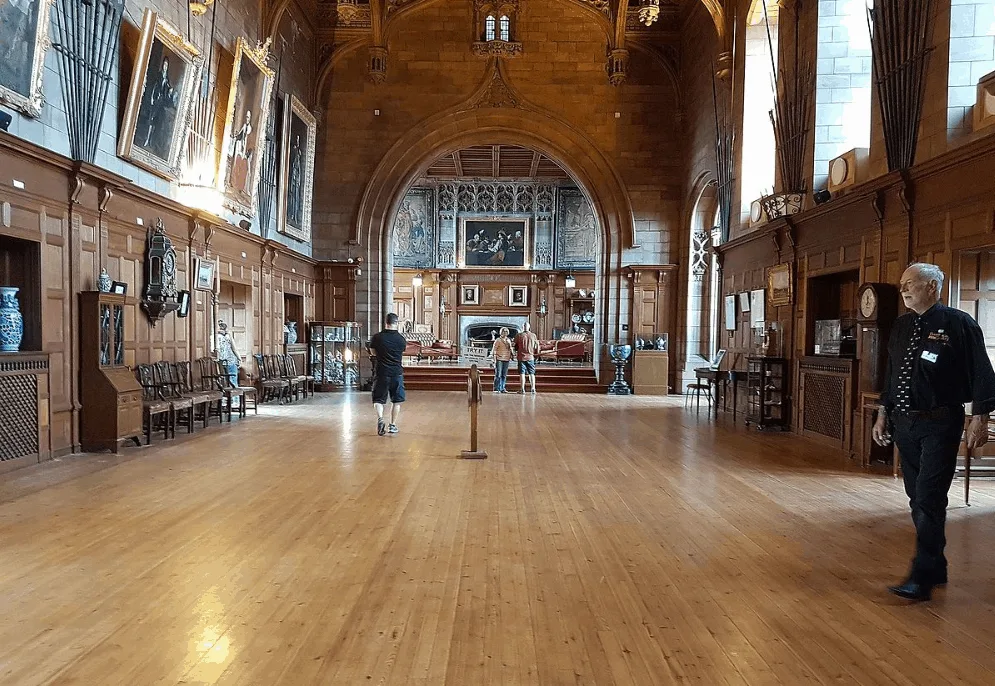
21. It has been the set of multiple movies
Just like many other castles in England, Bamburgh Castles has been the set of multiple movies and television series.
Some of the more notable include “Macbeth” (1971 and 2015), “Robin of Sherwood” (1984-1986), and “Elizabeth” (1998).
22. It has a link to the Arthur Legend
Late Medieval English writer Thomas Malorie is the creator of the Arthurian Legend, a world-famous story that has been portrayed in multiple Hollywood movies.
In his book that was written in the 15th century, he identified Bamburgh Castle with the “Joyous Gard,” the castle of Sir Lancelot in the story.
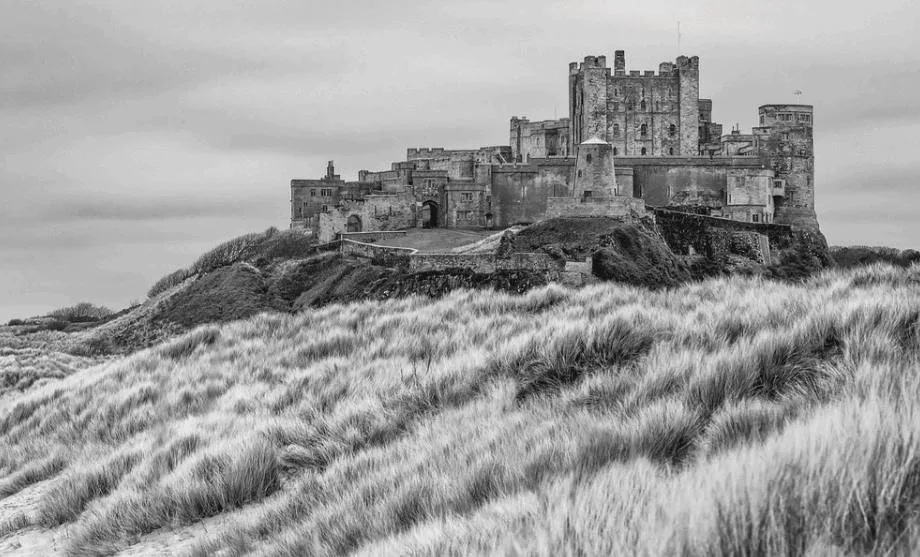
23. You can buy Bamburgh Castle in this video game
Forza Horizon 4 is a racing video game that came out in 2018. In it, players must race around in beautiful landscapes and awesome scenery.
Another part of the game is to acquire houses in which players can store their vehicles, and Bamburgh Castle is one of the “houses” in the game.
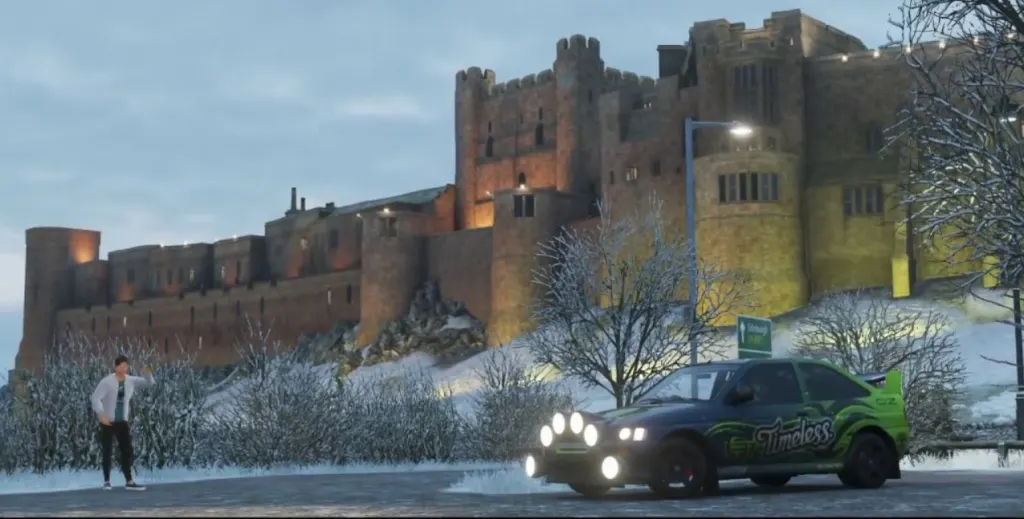

Leave a comment
You must be logged in to post a comment.